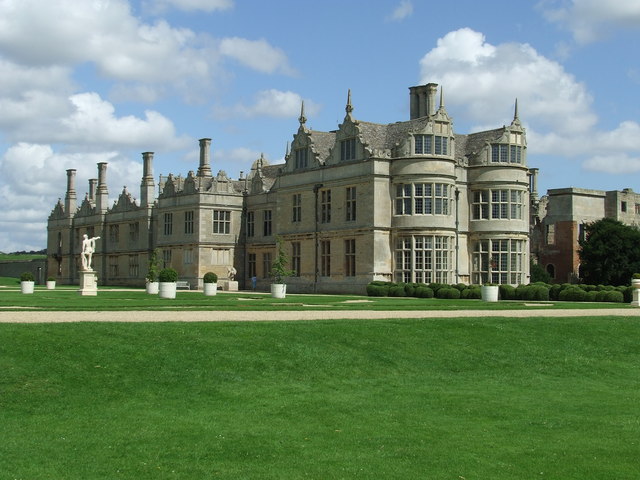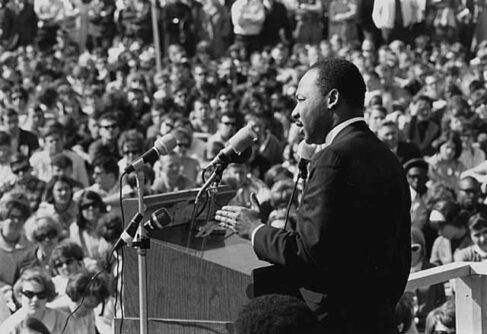This year marks the 200th anniversary of the publication of Jane Austen’s Mansfield Park. Critics have described Mansfield Park as Austen’s most “experimental” novel, which is a critic’s elliptical way of saying “not quite successful.”
Yet it’s also the Austen novel that has philanthropy most conspicuously as a theme.
As Austen readers know, the novel opens with a survey of the widely disparate fate of the three Ward sisters: one advantageously married and happily established as Lady Bertram of Mansfield Park, one married to a country minister in modest circumstances, and one unhappily married and the impoverished mother of nine. At the novel’s outside, the Bertram household is debating whether to offer to raise Fanny Price, the eldest of the impoverished sister’s daughters, alongside the Bertrams’ own two sons and daughters.
Sir Thomas Bertram understands this as a charitable benevolence—a choice that he can honorable decline—and his great objection to the philanthropy of taking in Fanny is that one of his sons may fall in love with her.
Sir Thomas is right to be concerned. For, although the Bertram household is a thousandfold more comfortably situated than the Price household, there are many stresses on Mansfield Park: the necessity of Sir Thomas’ long absences from Mansfield Park to attend to troubles at his Antigua plantation; his eldest son and heir’s reckless behavior; Lady Bertram’s inability to be an energetic household manager in Sir Thomas’ absence; and hints that changing views of slavery may undermine the plantation income on which the entire household depends. Sir Thomas can’t afford to have a son upset the financial and social prospects of Mansfield Park by marrying a poor cousin.
At the heart of this novel is not any one character but a household the particular kind of English community represented by the Mansfield Park estate. And a key question of the novel is whether or not that community is still robust enough to afford the kind of philanthropy of represented by taking in Fanny Price.
Sir Thomas has what contemporary philanthropists would call “a theory of change,” and the changes he foresees are improvements in Fanny’s education and prospects. He also has a theory of “change prevention” about how raising Fanny alongside his own children will mean that she will seem like a sister rather than a marriage prospect, and so won’t upend his plans for Mansfield Park by marrying into the household.
In the end, Sir Thomas’ theories and plans are completely overturned: Fanny improves the family at Mansfield Park more than she is improved by them; Fanny is courted and won by Sir Thomas’ son Edmund; and, rather than threatening Mansfield Park, the marriage of Fanny and Edmund will establish a household that will preserve the best of Mansfield Park.
All this is exact opposite of Sir Thomas’ intention—and yet, in the end, exactly in conformity with his best interests.
Mansfield Park is not only a delight to read—in spite of, or because of, its “experimental” character—it is also a cautionary tale to philanthropists like Sir Thomas who think that they can fully trust their theories of change.






